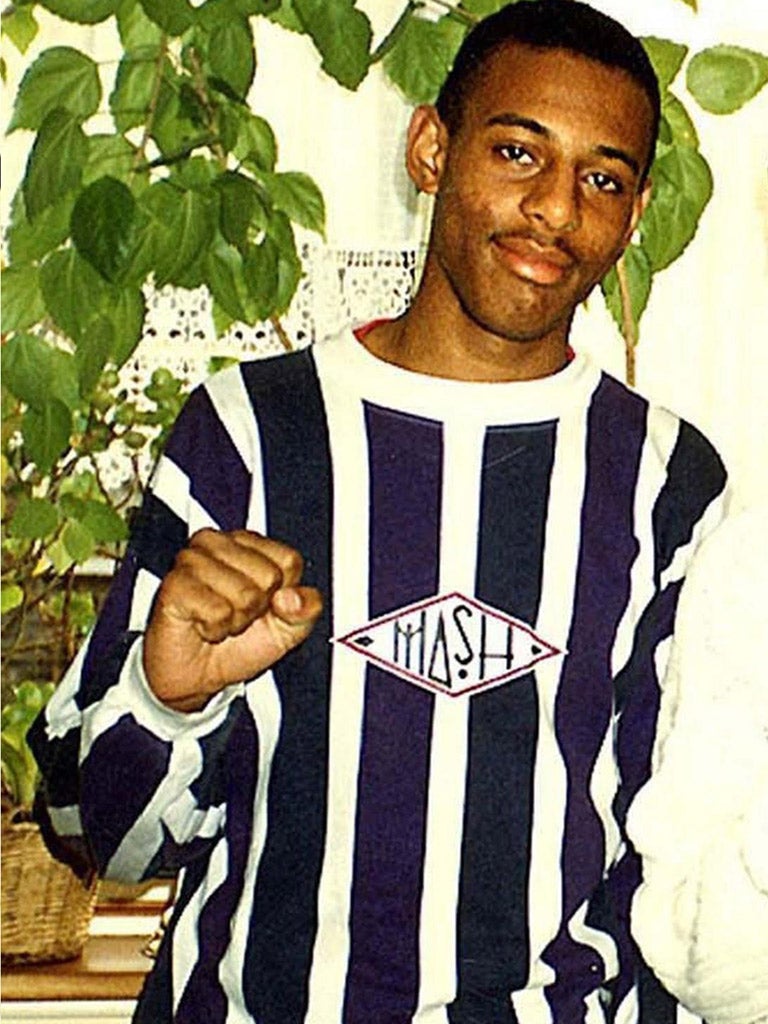
Fibres linked to Stephen Lawrence found by a cold case squad on suspects' clothes were not discovered earlier because it was like "looking for a needle in a haystack", a court heard today.
Angela Gallop, who examined exhibits linked to the murder in 1995 and again in 2007, told jurors at the Old Bailey that the later search was much more comprehensive.
The earlier tests involved looking at 1,071 fibres while the examination 12 years later by private firm LGC found around 4,500.
She said: "It's a bit like looking for a needle in a haystack and some needles are easier to find than others. We didn't find them and we didn't look at nearly as many fibres as LGC did."
Dr Gallop added: "Perhaps if we'd gone on we might have found them, I don't know."
Gary Dobson, 36, and David Norris, 35, deny taking part in the gang attack that killed Mr Lawrence in Eltham, south-east London, in 1993.
The prosecution argues that tiny amounts of fibres, blood and hair found on clothes seized from their houses prove they were involved in the murder.
The defence says that the samples got onto the clothes through contamination during handling and storage.
Dr Gallop was instructed as part of an unsuccessful private prosecution brought by Mr Lawrence's parents and first examined the exhibits in 1995.
Twelve years later she was working for LGC, which was instructed to carry out a cold case review of Mr Lawrence's murder.
The team there found red fibres similar to those in Mr Lawrence's polo t-shirt on the defendants' clothes by chance, she told the court.
Scientists were examining his Raiders jacket for paint flakes potentially from a scaffold pole when they discovered a number of red fibres from his t-shirt.
"We thought if they were on his outer clothing that was therefore a source of fibres that we could look for on suspects' clothing," Dr Gallop explained.
Seven red fibres were found on tapings - sheets of sticky tape used to gather fibres - from Gary Dobson's jacket and one on those taken from a sweatshirt taken from Norris' house.
Another was discovered on a shirt seized from the home of Neil and Jamie Acourt, who are not on trial.
In total the team found 16 fibres that could have come from three items of Mr Lawrence's clothing on tapings from Dobson's jacket or debris in the evidence bag.
They also found a minute bloodstain on the underside of the collar of his jacket.
Two hairs were found in the evidence bag containing Norris's jeans, one of which was found to match Mr Lawrence's DNA to a probability of one in 1,000, and six fibres on his sweatshirt that could have some from the victim's trousers.
The court then heard from Michael Mansfield QC, who represented the family during the private prosecution, the inquest into Mr Lawrence's death and the public inquiry into how it was investigated.
He told the court that no clothing had been taken out of its packaging at any of the hearings, although he could not remember if the defence had asked to see exhibits at the time.
Mr Mansfield said he would not have touched an exhibit himself.
He said: "I wouldn't touch an exhibit, even a container with an exhibit in. I would ask permission from those in control.
"If I wanted to take something out... I wouldn't do it myself because obviously there's a risk of contamination."
In cross-examination, Timothy Roberts QC, for Dobson, read an excerpt from the transcript of the inquest in 1997, when Mr Mansfield was questioning Dobson.
It read: "May I just hold it up and explain what it is? A grey jacket with a zip-up front with a couple of pockets in yellow and collar in yellow and markings on the back. I'd like to ask you about this garment."
Mr Mansfield told the court that he believed he was holding up the jacket in its evidence bag.
He said: "I wouldn't have bothered to give an explanation of the item if it was being held up out of a bag."
The trial was adjourned until 10.30am on Monday.
PA
